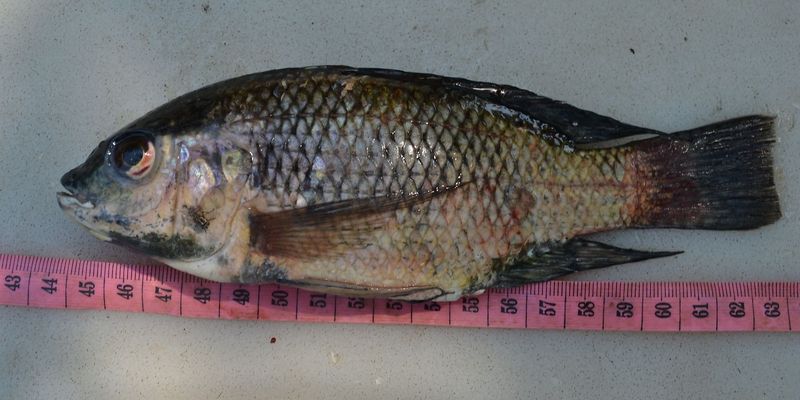Project
Advancing freshwater biodiversity data access, utility and relevance for conservation decision-making in UgandaClosed

This project seeks to advance access to quality freshwater data and information in Uganda by harnessing capacity in data mobilization, data made available through GBIF and engagements with data user institutions. The goal is to advance utility of the data in conservation decision-making, advocacy, education and reporting on biodiversity.
Limited capacity of users to develop biodiversity information from primary biodiversity data, coupled with some deficiencies in data available through GBIF, is the main barrier to data use in Uganda.
This project will improve the data the National Fisheries Resources Research Institute (NaFIRRI) has published through GBIF and use all the data available to develop freshwater biodiversity information to guide conservation planning.
The NaFIRRI has published fish occurrences without abundance data, while other published or unpublished occurrences have no geographic coordinates. The quality of the occurrences will be improved by linking them with abundance data and geographic coordinates. Then, using all data available in GBIF, the project will develop information products tailored to conservation planning. The information will have a direct entry point into policies and practices of Uganda’s agricultural sector.
The National Environmental Management Authority (NEMA) conducted a national biodiversity information Political and Economic Analysis (PEA) and identified the sector as the biggest threat biodiversity. The information products planned in this project will be tailored to the information needs of the sector defined in the PEA.
Project progress
The project inception meeting was held on 16 August 2021, following the ease of Covid-19, having two main goals:
- To introduce the project to the research community of NaFIRRI and the national node
- To refine plans for data mobilization, development of biodiversity information and stakeholder engagement.
The project was represented in the data mobilization and data use workshops as well and has published 4 datasets. Milestones are met, and short-term results are available. The project is on track to deliver all dataset deliverables within time and is likely to deliver early on most of the biodiversity information products including the national red list.
A total of 147 of 284 fish species have been assessed for the national red list. The assessed species include all fish species in Uganda apart from those in Haplochromis. The assessed fish species are accompanied by fish distribution maps, and distribution notes. By the end of May 2022, all the species will be assessed, and distribution maps will be obtained for all the fish species including threatened species. Each of the fish species assessed is accompanied by a distribution map that shows where the species is extant, possibly extant, presence uncertain, possibly extinct, or extinct in Uganda. This means that by the end of May when the red list assessment is expected to end, the fish distribution maps, including those of threatened species or those of conservation importance, will all be attained.
Development of tools to incorporate biodiversity information products into the portal is ongoing.
